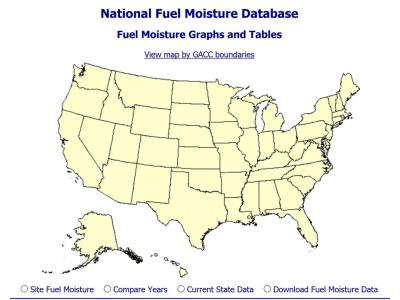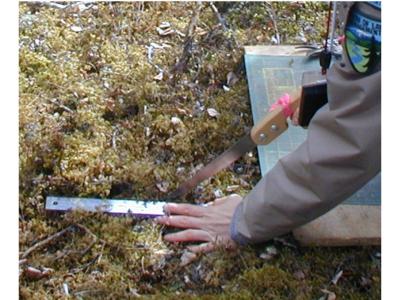Displaying 1 - 10 of 22

This concise trifold handout outlines wildland fire fuels treatment options in Alaska

This guidebook contains fuels and fire behavior information and vegetation characteristics for Alaska. Each fuel type (taken from 4th level Viereck classification names) is associated with up to three illustrative photos, the most appropriate fuel models, the primary carrier of fire, fire behavior notes, vegetation characteristics, individual 4th-level Viereck classes, and fuel types with similar characteristics. This document also contains a crosswalk from vegetation classes to various fuel models.

This document can be used to guide learning users through the fire behavior assessment process from the fireline and field office locations and can also provide important details on fire behavior. Worksheets, definitions, fuel model charts, and fire behavior tables are included.

This field guide is designed to give users a brief overview of the CFFDRS Fire Weather Index System, handy conversion tables, and instructions for calculating fuel moisture codes (FFMC, DMC, and DC), fire behavior indexes (ISI and BUI) and the Fire Weather Index (FWI) from the field.

The following process can be used for drying duff, foliar, woody, and herbaceous fuel moisture samples along with entering data and calculating moisture content and the CFFDRS Indices.

Dr. Jane Wolken, of University of Alaska-Fairbanks, Scenarios Network for Alaska Planning, summarized the history and current use of the Canadian Forest Fire Danger Rating system in a Summary Report at the request of the Alaska Wildfire Coordinating Group. The report reviews 8 topics for which the Alaska Interagency Fire Community wanted to evaluate the ‘state of knowledge’:
- Overwintering stations: pros and cons
- Fuel moisture measurements and comparisons
- Adjustment of mid- season indices based on fuel moisture measurements
- Whether data trends or raw values are more important for fire behavior prediction
- Impacts of using solar noon vs. non-solar noon observations
- Effects of errors in precipitation reporting
- Analysis of field data from Alaska
- Justification for thresholds in fire danger rating charts
Jane reviewed more than 60 documents for this report and provides a preliminary summary of the most relevant resources,including peer-reviewed journal publications, government technical reports, conference proceedings, results from workshop/conference presentations, and personal communications from individuals in the local and international wildfire community.

Data sheet for field fuel moisture sampling in Alaska.

This method has been modified from the Fuel Moisture Sampling in Boreal Forest Duff manual (by Brenda Wilmore) for field use. For more information on volumetric or TDR (time domain reflectometry) probe sampling procedures, please refer to the full sampling manual.